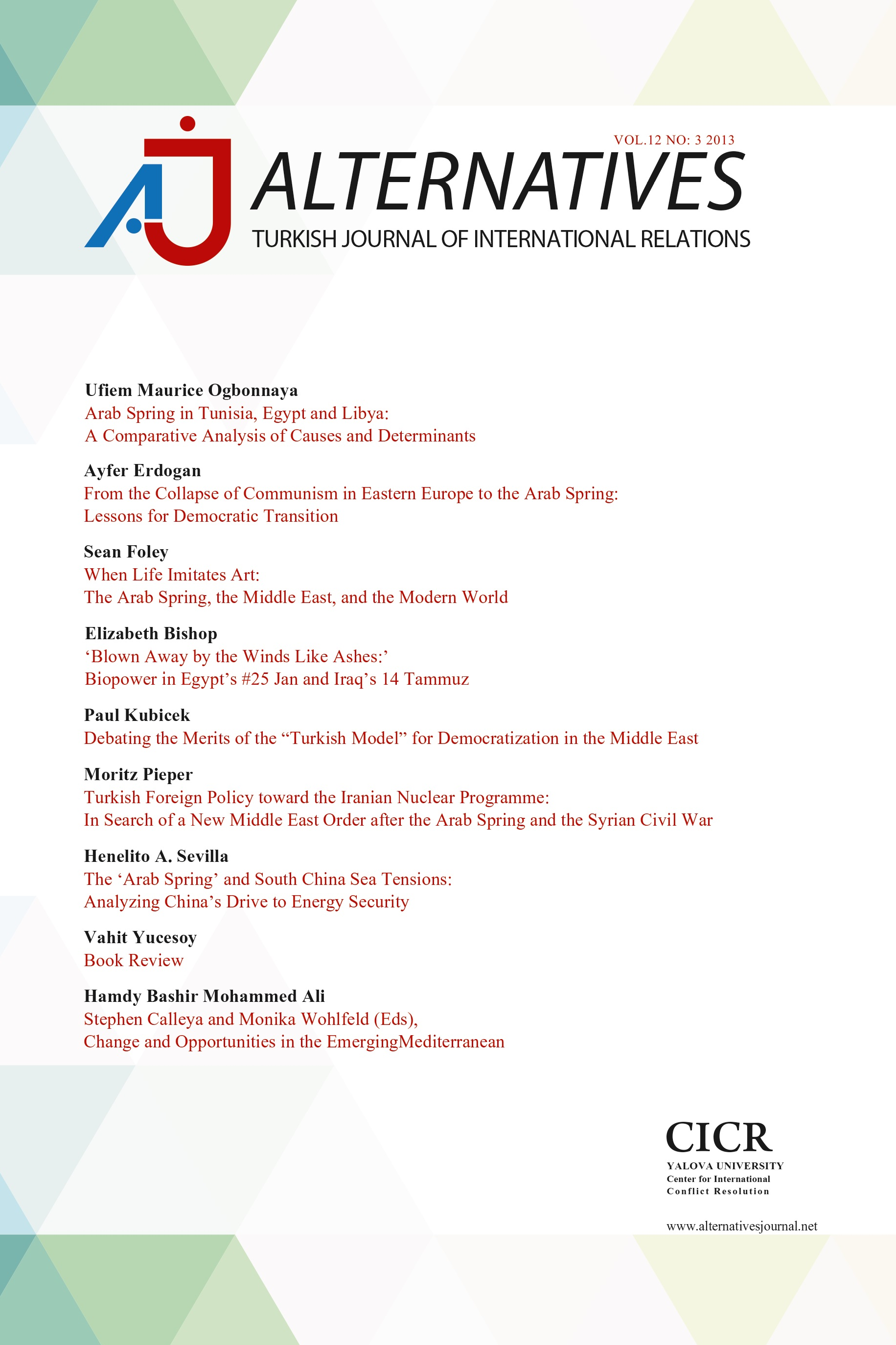PERCEPTIONS OF THE WAR AGAINST TERRORISM (WAT): A Malaysian Case Study
PERCEPTIONS OF THE WAR AGAINST TERRORISM (WAT): A Malaysian Case Study
-,
___
- Dunne, T. (1999). The road to contemporary terrorism. Retrieved from: www.homelandsecurity.com/modules.php?op=modload&name=Documents&file=get&download=124
- Ganor, B. (5 June, 2006). Terrorism: No prohibition without definition.
- Retrieved from: www.ict.org.il/articlesdet.cfm?articleid=393. Government of Malaysia. (2006). 9th Malaysia Plan 2006-2010. Kuala Lumpur: Percetakan Nasional Malaysia.
- Huntington. (1993). The clash of civilizations. Foreign Affairs, 72(3).
- International Crisis Group. (2006). Terrorism in Indonesia: Noordin’s networks. Retrieved from: http://www.Crisisgroup.org/home/index.cfm?id=4092&1=1
- Jihad Watch. (2004). Stop linking Islam to terrorism, says Malaysia’s Abdullah. Retrieved from: www.jihadwatch.org/archives/003366.php.
- Mohamad, M. (2005). Islam, terrorism and Malaysia’s response. Asia Society. Retrieved from: www.asiasociety.org/speeches/mahathir.html
- Morris, E. & Hoe, A. (1987). Terrorism: Threats and response. London: Macmillan Press.
- Rahim M. Sail, Krauss, S. & Zanariah Mohd Nor. (2003). Terrorism and terrorist activities:
- Complexities, myths and realities. Institute for Community and Peace Studies, University Putra Malaysia, Serdang (Unpublished). Thackrah, R. (1987). Terrorism: A definitional problem. In Paul Wilkinson and A. M. Stewart.
- Contemporary Research on Terrorism. Great Britain: Aberdeen University Press. University of British Columbia, Canada. (2005). Human Security Report 2005: War and Peace in the st century. Retrieved from: www.un.org/unitingagainstterrorism/chap2.htm
- Wikipedia. (2006). Retrieved from: http://en.wikipedia.org/wiki/Definition_of_terrorism
- Wilkinson, P. (1976). Political terrorism. Great Britain: The Macmillan Press.
- ISSN: 2146-0809
- Başlangıç: 2002
- Yayıncı: Yalova Üniversitesi
Revisiting the Profile of the American Voter in the Context of Declining Turnout
PAK-TURKEY RELATIONS: On the Common Ties
Russia and Azerbaijan: Relations after 1989
US Policy towards the Islamic World
PERCEPTIONS OF THE WAR AGAINST TERRORISM (WAT): A Malaysian Case Study
Abu Daud Silong, ZAHARAH HASSAN, STEVEN ERİC KRAUSS, Abu Daud SİLONG, Zaharah, HASSAN, Steven Eric KRAUSS
